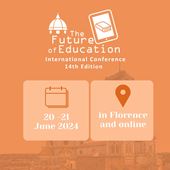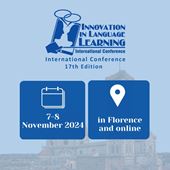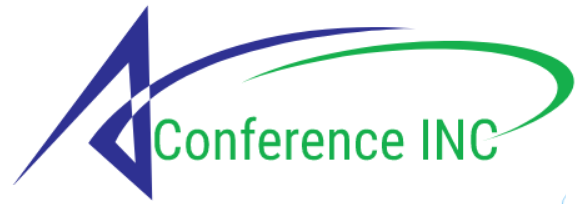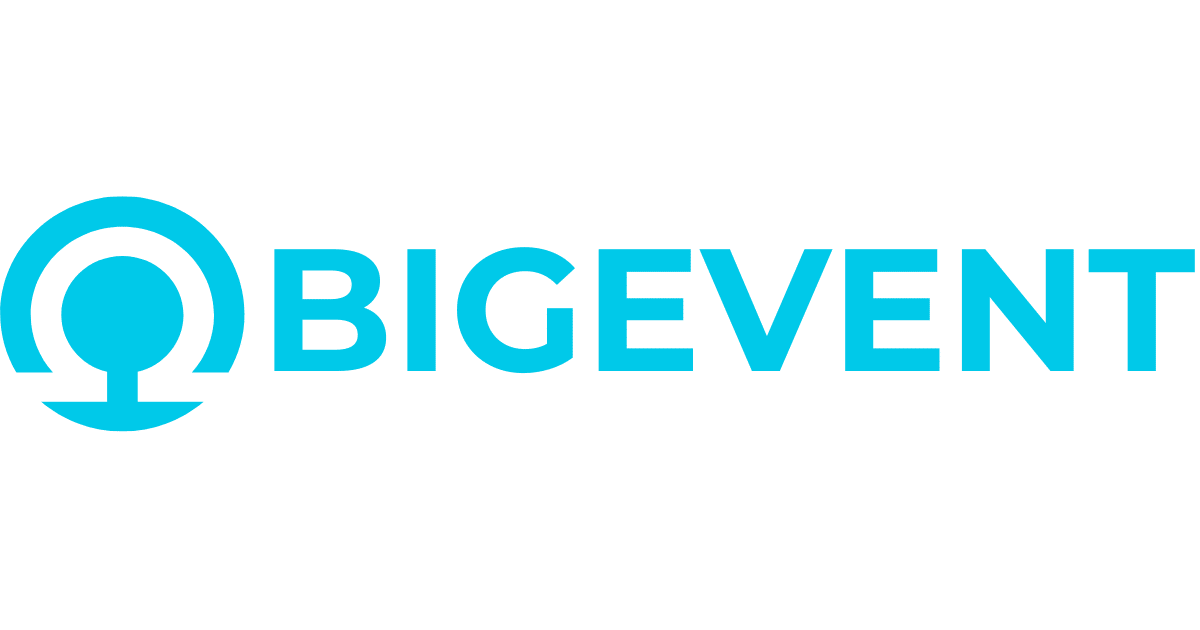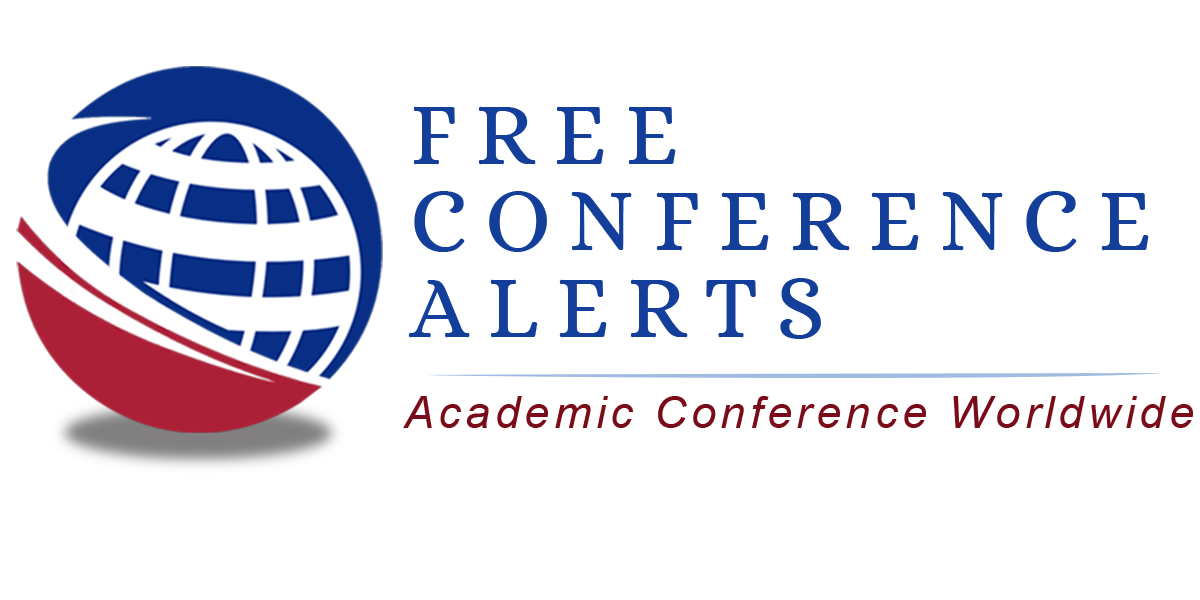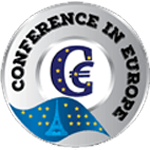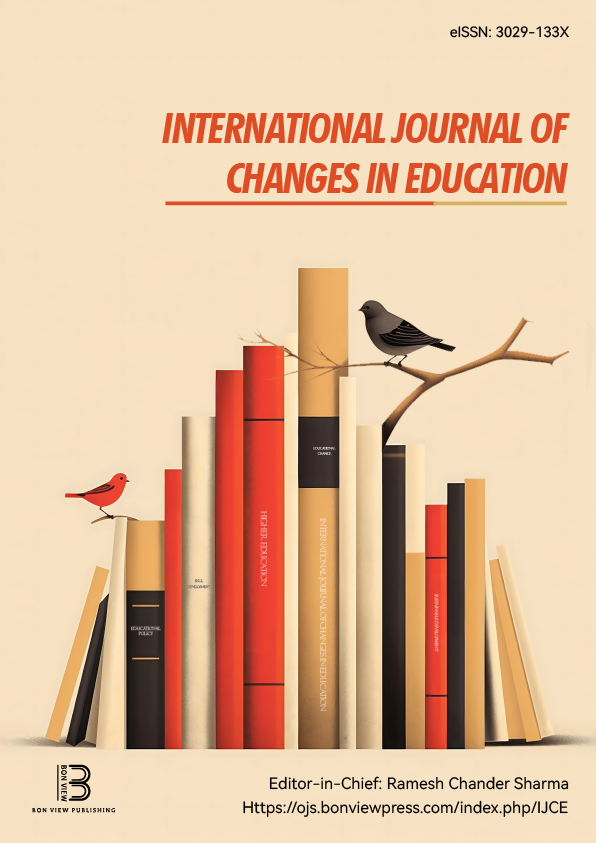Impact of Pedagogical Techniques on the Teaching of Sports Sciences
Muhammad Saleem, Department of Sports Sciences, Sarhad University of Science and Technology Peshawar (Pakistan)
Abstract
Background:
The teaching of sports sciences encompasses a broad spectrum of disciplines, including biomechanics, physiology, psychology, and coaching. Effective pedagogical techniques are crucial in imparting both theoretical knowledge and practical skills necessary for students to excel in the field. The impact of these techniques on students’ learning outcomes, engagement, and professional preparedness remains a vital area of study.
Objective:
This study aims to evaluate the effectiveness of various pedagogical techniques used in the teaching of sports sciences. It seeks to identify which methods most significantly enhance student learning, retention, engagement, and practical application of knowledge.
Methods:
A mixed-methods approach was employed, including both quantitative and qualitative analyses. The study involved a comparative analysis of traditional lecture-based teaching, experiential learning, problem-based learning (PBL), and technology-enhanced learning (TEL). Data were collected through surveys, interviews, and academic performance assessments from students enrolled in sports sciences programs at multiple universities. Statistical analysis was used to evaluate academic performance, while thematic analysis was applied to qualitative data to capture student experiences and perceptions.
Results:
The findings indicate that experiential learning and PBL significantly improve students' understanding and retention of complex sports science concepts compared to traditional lectures. TEL was found to enhance engagement and provide students with flexible learning opportunities, but its impact on deep learning varied depending on the quality of the digital resources. Overall, a combination of experiential learning, PBL, and TEL was identified as the most effective pedagogical approach, leading to higher student satisfaction and better preparedness for real-world applications.
Conclusion:
The study underscores the importance of adopting diverse and student-centered pedagogical techniques in the teaching of sports sciences. While traditional lectures remain useful for foundational knowledge, integrating experiential learning, PBL, and TEL can substantially improve student outcomes. These findings suggest that educators should consider a blended approach to pedagogy to maximize the effectiveness of sports science education.
Keywords: Sports Sciences, Pedagogical Techniques, Experiential Learning, Problem-Based Learning, Technology-Enhanced Learning, Student Engagement
REFERENCES
[1] Smith, A., & Johnson, R. (2023). Innovative Pedagogical Approaches in Sports Science Education: A Systematic Review. Journal of Teaching in Physical Education, 42(2), 121-145. https://doi.org/10.1123/jtpe.2023-0012
[2] Wong, T., & Patel, M. (2022). The Role of Technology-Enhanced Learning in Sports Science Education: Impacts on Student Engagement and Learning Outcomes. International Journal of Sports Science & Coaching, 17(5), 634-650. https://doi.org/10.1177/1747954122110253
[3] Garcia, L., & Davis, E. (2023). Experiential Learning in Sports Sciences: Bridging Theory and Practice for Enhanced Student Preparedness. European Journal of Sports Science, 23(3), 287-301. https://doi.org/10.1080/17461391.2023.1136721
[4] Kumar, P., & Lee, S. (2024). Problem-Based Learning as a Catalyst for Critical Thinking in Sports Sciences Education. Journal of Physical Education and Sport Pedagogy, 29(1), 45-60. https://doi.org/10.1080/17408989.2024.1190420
[5] Martinez, C., & Evans, D. (2023). Blended Learning Strategies in Sports Sciences: Analyzing the Efficacy of Combined Pedagogical Techniques. Advances in Health Sciences Education, 28(4), 423-439. https://doi.org/10.1007/s10459-023-10128-9
 New Perspectives in Science Education
New Perspectives in Science Education

